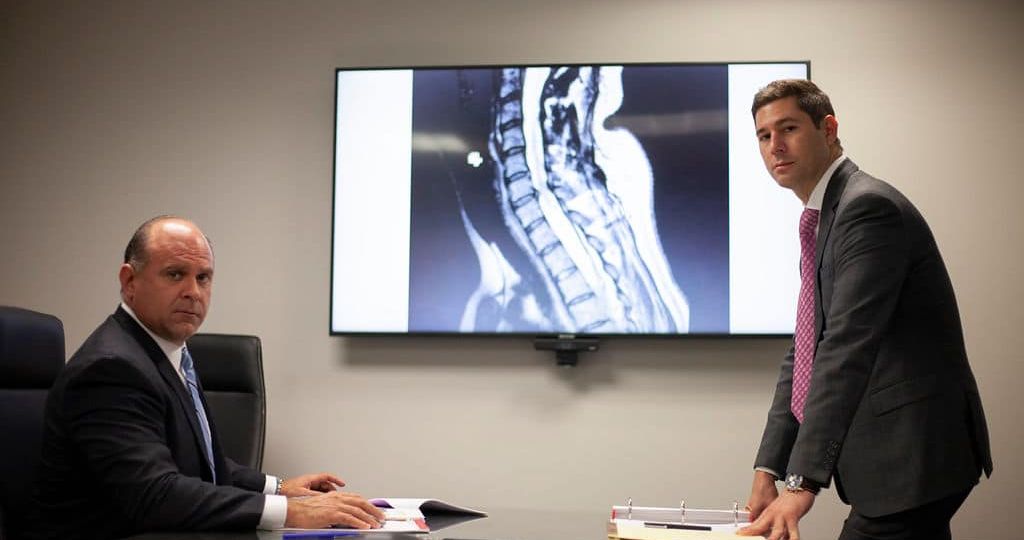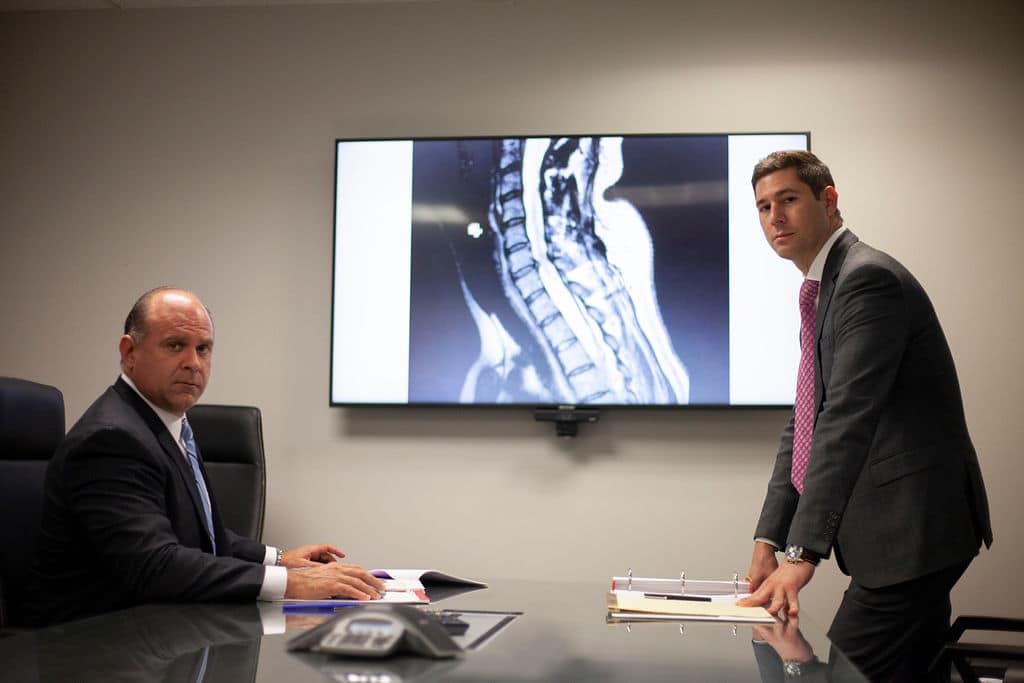
Documenting Your Injuries In A Personal Injury Case
There are essentially two ways to document your physical injuries: take pictures and go to the doctor. Both are critical. Pictures are usually irrefutable and, in some cases, can be the difference between reaching an early and fair settlement or a long court battle resulting in a trial. For example, if your claim involves a closed head traumatic brain injury following a car accident, photographs of bruising or other head trauma will greatly assist in establishing your claim. Conversely, in the absence of such photographs, an insurance company or defense lawyer may argue that there is no evidence of any head trauma or injury, your injuries are exaggerated, blame your cognitive impairment on old age or a preexisting injury, or claim you were not injured at all.

Similarly, if you do not receive prompt medical treatment following an accident or injury, the defendant in your case may argue that you were not really hurt. They may argue that your “delay in seeking medical treatment” is only explained by your later desire to make a personal injury claim or amplify your damages. We understand that some people want to “wait and see” how their injuries feel in the days or weeks following an accident, but the unfortunate fact is that most defense attorneys will argue that the lack of any medical documentation of your injury means that you have no real injury. What is documented in your medical records is frequently the most important evidence in your case when it comes to establishing and proving your injuries.
